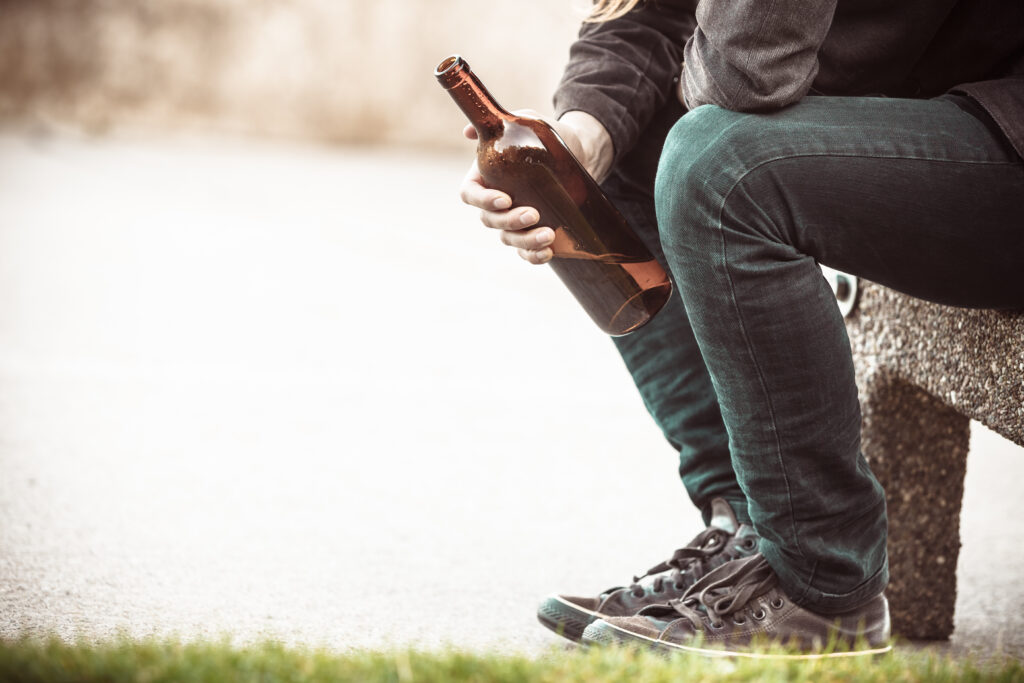April is Mental Health Awareness Month – which makes this a good time to remember that nearly 1 in 5 U.S. adults live with a mental illness. Behavioral health issues and substance misuse are as common as many other health conditions – but the stigma around mental illness, and the paucity of related resources, suggest otherwise. Many insurance payers limit mental health service reimbursement. There’s also a shortage of behavioral health providers, especially severe in rural areas; where cities have 33 psychologists for 100,000 people, rural areas only have 9. These barriers intensify the idea that mental illness is rare, shameful, or too difficult to treat.
The CDC has confirmed a rise in fatal overdoses since the start of the COVID-19 pandemic, along with increasing levels of anxiety, depression, and trauma. But this increase in mental health and substance abuse issues impacts some communities more than others – and one of the most affected are Native American communities.

The High Cost of Disconnection
Underserved Tribal nations are experiencing an unprecedented behavioral health crisis for several reasons. Poverty, chronic healthcare underfunding, and historical trauma all play a role in increasing the risk for substance abuse, addiction, mental illness, trauma-related disorders, and dual diagnosis/co-occurring disorders.
Consider that:
- Serious Mental Illness (SMI) is highest amongst biracial adults (9.3%), followed by Native American adults at 6.7%.
- 13% of Native Americans aged 18-25 have an alcohol use disorder.
- Native Americans have one of the highest rates of death from alcohol poisoning and fetal alcohol spectrum disorders in the U.S.
- Alcoholic liver disease is a major leading cause of death for Native Americans.
- Native illicit drug use is higher than any other group – from heroin to opioids.
- The suicide rate for Native women has risen 139% since 1999.
- Native Americans experience PTSD more than twice as often as the general population.
Unfortunately, Indigenous communities face significant barriers when it comes to seeking help.
4 Treatment Barriers in Mental Health
- Lack of culturally informed care. Trust is critical in developing an effective patient-provider rapport, particularly in counseling. But many Native patients find their behavioral health providers don’t understand their cultural values or environmental challenges. Many have also experienced clinical discrimination, which can dissuade them from continuing treatment.
- Stigma and lack of privacy. Anonymity is tough to pull off in small or Tribal communities, making it difficult for patients to hide mental illness treatment from their friends, families, and colleagues. There may be only one psychologist or one substance abuse specialist in town – or none at all, given the severe shortage of behavioral health providers in rural areas. Patients may languish on a waitlist for weeks or months to find the right provider or an open bed in a detox center.
- Lack of follow-up care and support. Release from a locked ward, rehabilitation clinic, or day program is not the end of a patient’s journey, but a stepping stone to the next chapter of recovery. That chapter ideally might include outpatient therapy, medication management, support groups, and reintegration programs. But if patients return to their original environment and lifestyle without that ongoing assistance, their progress can suffer.
- Disjointed clinical pathways. Mentally ill people often encounter police before they see a clinician; 60% of patients with a behavioral, mood or substance abuse disorder turn to a primary care provider for help instead of reaching out to an experienced specialist. Still others avoid any clinical care until a crisis brings them to an emergency department. To ensure these patients receive the right treatment at the right time, healthcare systems and law enforcement must connect these pathways to behavioral health providers.

Connecting Behavioral Health and Indigenous Communities
There’s no single answer to the behavioral health crisis in Indigenous communities. Providers sensitive to Tribal identity and historical trauma are a necessity; so are the integration of primary, emergency, and behavioral care, and the provision of wraparound services and support. Telemedicine can help solve rural health challenges, while back-to-work programs and reintegration assistance are critical for connecting patients to healthier futures.
But what’s especially effective is this: helping Native patients receive treatment in their own culture, with care inclusive of their beliefs, values, and traditional therapies. That’s why Tribal Behavioral Health’s physicians and nurses fuse culturally informed care with their expertise in substance abuse, mental illness, and behavioral health disorders. Our goal is to create a new kind of healthcare environment for Indigenous patients – and drive long-lasting change across communities and generations.

